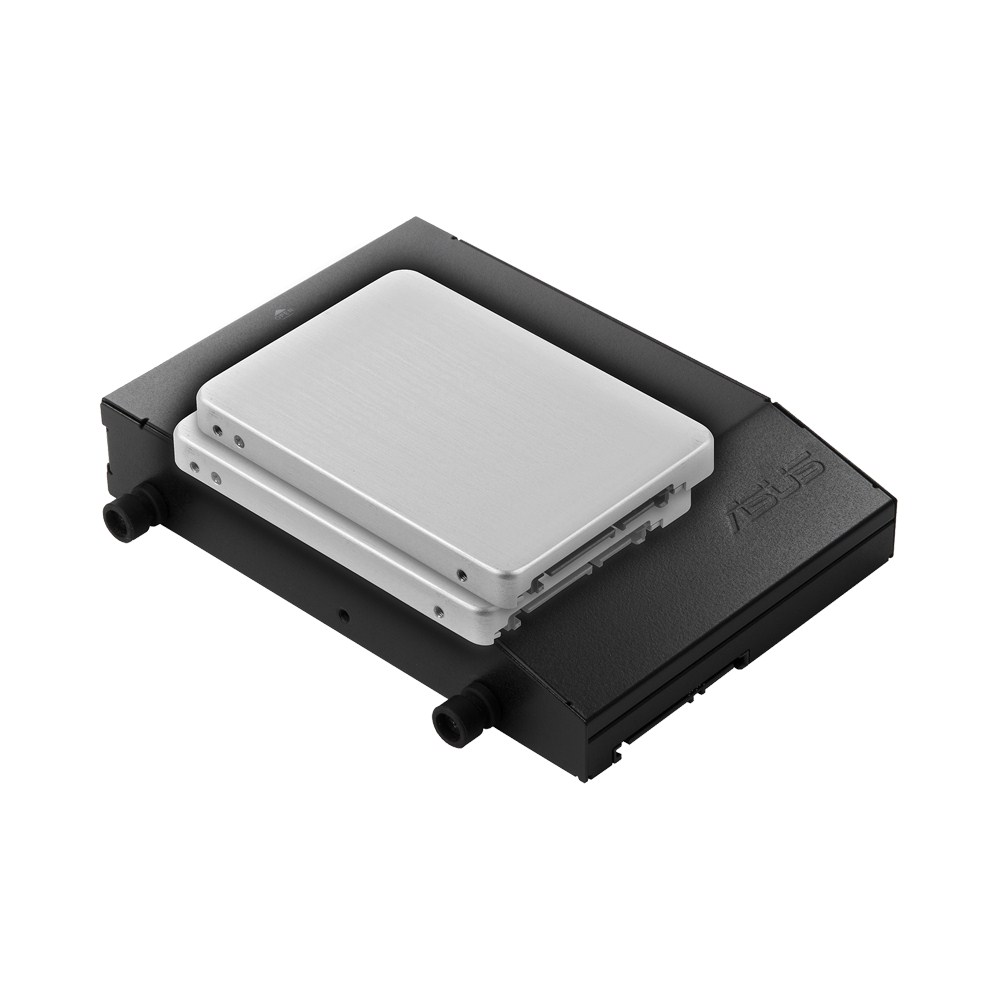Fixing Brainarray Repository Link For Mac
To defend our bodies against a variety of foreign microbes, our immune system makes cells called T cells that can identify these invaders and help to destroy them. There are several types of T cells that play different roles in the immune response: some activate other immune cells, while others destroy cells that have been infected by viruses or other pathogens.
- Fixing Brainarray Repository Link For Mac Pro
- Fixing Brainarray Repository Link For Mac Free
- Fixing Brainarray Repository Link For Mac Mac
Fixing Brainarray Repository Link For Mac Pro
T cells develop in a specialized organ called the thymus, where they go through a rigorous selection process before being released as mature T cells into the rest of the body. This selection process includes eliminating individual T cells that are found to be sub-standard, perhaps because they might mistake our own cells for enemy cells. However, many of the details of the later stages of T cell development are not fully understood. Have now found that a protein called Zfp335 that is involved in the production of mature T cells. Mice carrying a mutation in the gene that makes this protein have fewer mature T cells than normal mice.
Also reveal that Zfp335 is a transcription factor that can control whether or not other genes are expressed as proteins, and further show that one of these proteins, Ankle2, has an important role in the production of mature T cells. A next step in the work is to define exactly how Zfp335 controls the expression of these genes. It will also be important to determine whether mutations in Zfp335 contribute to human T-cell immunodeficiency. The ENU mouse mutant bloto has a deficiency in peripheral T cells As part of an N-ethyl- N-nitrosourea (ENU) mutagenesis screen for lymphocyte phenotypes, we identified a variant C57BL/6 mouse pedigree with decreased frequencies of CD4 + and CD8 + T cells in peripheral blood , which we named bloto (blood T cells low; allele henceforth designated blt). This trait was fully penetrant and occurred at a frequency consistent with recessive inheritance. Homozygotes were viable, fertile and displayed no gross external abnormalities. Identification of a missense mutation in Zfp335 To identify the causative genetic lesion, the peripheral blood T cell deficiency was used to map the mutation in an F2 intercross to a genomic interval between 163.16 and 165.88 Mb on chromosome 2.

Fixing Brainarray Repository Link For Mac Free
Whole-exome sequencing of DNA from an affected mouse identified a single novel single-nucleotide variant within the interval of interest: a C to T missense mutation in exon 21 of Zfp335. This results in the replacement of a positively charged Arg residue at position 1092 (henceforth referred to as R1092) by Trp, a bulky non-polar amino acid. Blt/blt mice have defects in SP thymocyte maturation and homeostasis of recent thymic emigrants To further characterize the block in intrathymic development, we examined thymocyte populations by continuous in vivo bromodeoxyuridine (BrdU) labeling, where the percentage of BrdU + cells indicates population turnover. After 4 days of BrdU administration, when comparing blt/ blt mice to heterozygous controls, the mature SP population showed a decrease in turnover, whereas thymocyte subsets from earlier stages of development labeled with similar kinetics (; ). Genome-wide transcriptome analysis of sorted mature CD4SP thymocytes revealed a gene expression profile consistent with impaired SP thymocyte maturation; by showing, for instance, decreased expression of genes known to be upregulated during maturation.
By comparing staining intensities of various surface markers associated with SP maturation (e.g., CD24, CD62L) in pre-gated mature SP subsets, we also observed a trend towards a less mature surface phenotype (data not shown). Taken together, these data suggest that blt/ blt mice have decreased efficiency of entry into the mature SP compartment and progression through the final maturation stages within the mature SP thymocyte population.
Fixing Brainarray Repository Link For Mac Mac
Adding an Existing Repository There are multiple ways how you can add an existing local repository: (A) Repositories View When no bookmarked repository is selected in the sidebar, the Repositories screen lets you add existing repos in the following ways:. Via the Add button, where you can simply select the root folder in a 'Browse' dialog. Via drag and drop - by dragging a folder from Finder and dropping it onto the framed drop area or at a position of your liking in the sidebar. Via the + button in the lower left of the window. (B) Dock Icon Another way to add local repositories is to drag their root folder from Finder and drop it onto Tower's icon in the Dock. Tip: Add many local repos at once In case you should ever want to add many local repositories at one go, you can use Tower's 'batch add' feature: On the Repositories screen, click the '+' button and select ' Search Local Hard Drive.'
In the following dialog, Tower will browse your local disk for Git repositories - and you can conveniently add them by simply checking the ones you want. You can also drag and drop multiple repositories at the same time into the Repositories View.
Blog
- ✔ Convert Wmv Video To Avi For Mac
- ✔ What Is The Best Choice For Mac
- ✔ Aiseesoft Xvid Converter For Mac
- ✔ Pg Music Band-in-a-box Neumann 25 Dj For Mac
- ✔ Fbc Jax Watchdogs: Wanted: Courageous Seminary Students
- ✔ Rim Offers More Details About Desktop Software For Mac
- ✔ P4i65gv Motherboard Drivers For Mac
- ✔ Pisang Amdon Trainer For Mac
- ✔ The Sims 4 Mac Download Free All Dlc For Mac
- ✔ Come Creare Un Curriculum Vitae Europass Best Resume Maker
- ✔ Set Fso Createobject(scripting.filesystemobject Alternative
- ✔ Lounge Music Download Soundcloud For Mac